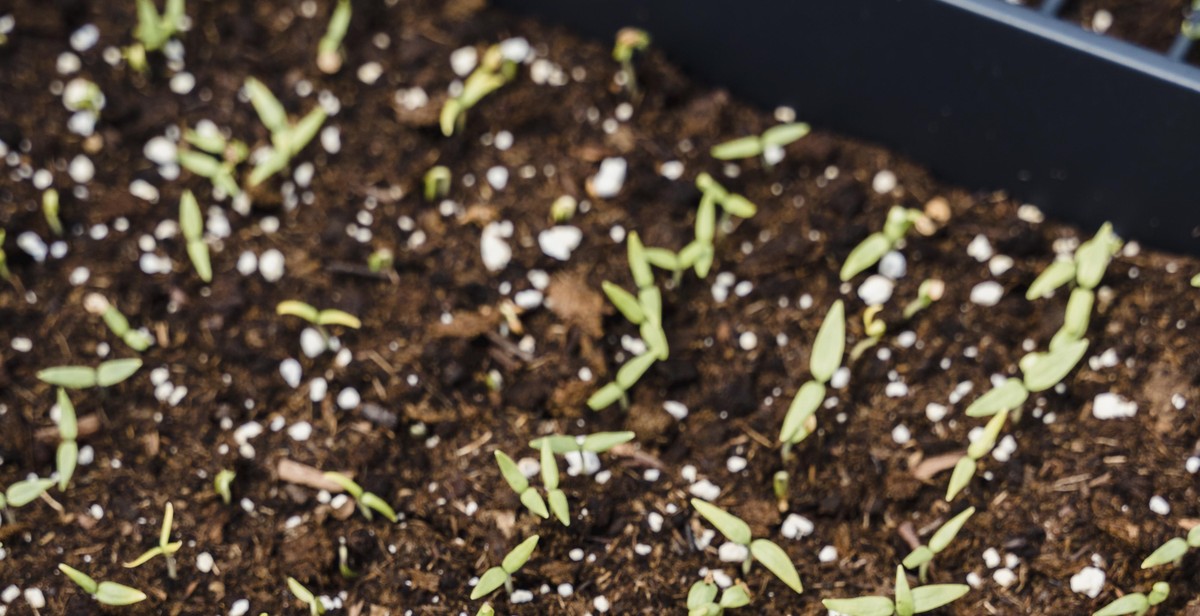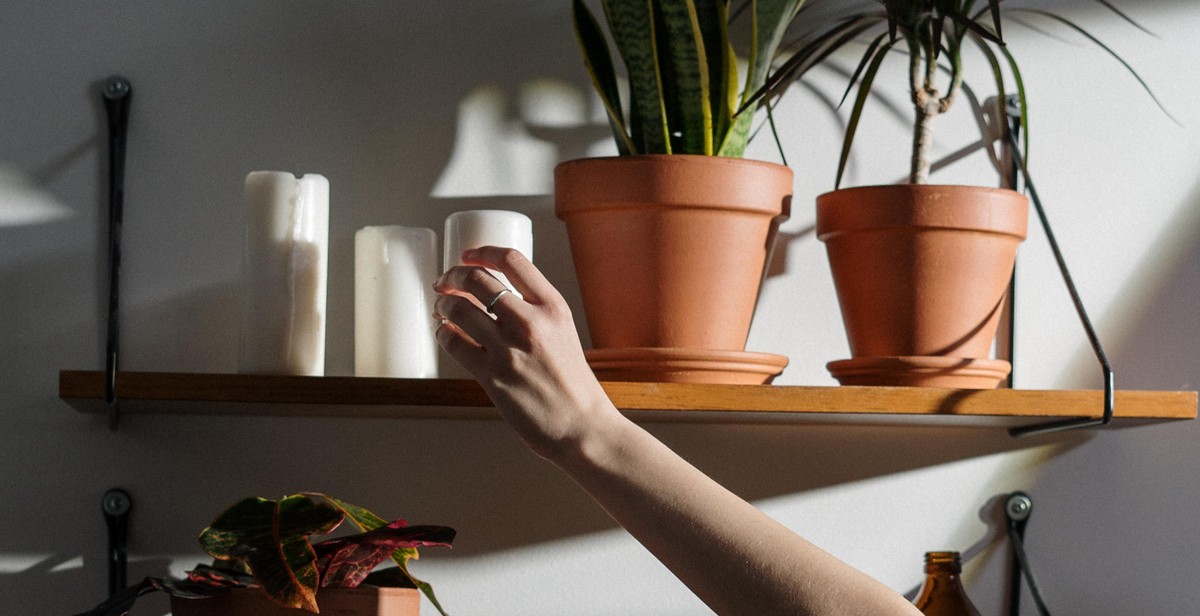Introduction: How to Build a DIY Vertical Garden using Recycled Bottles
Vertical gardening has become increasingly popular in recent years, with more and more people looking for ways to grow their own plants, herbs and vegetables in small spaces. A vertical garden is essentially a garden that is grown upwards, rather than outwards, using vertical space to maximize the number of plants that can be grown in a limited area.
What is a Vertical Garden?
A vertical garden can take many forms, from a living wall made of plants to a series of stacked containers. The key is to use the vertical space available to grow plants, rather than relying solely on horizontal space. Vertical gardens can be grown indoors or outdoors, and can be used to grow a wide variety of plants, from herbs and vegetables to flowers and succulents.
Why Build a Vertical Garden with Recycled Bottles?
Building a vertical garden with recycled bottles is not only a great way to maximize space and grow your own plants, it is also an eco-friendly option that repurposes materials that might otherwise end up in the landfill. Using recycled bottles to build a vertical garden is a low-cost and sustainable way to create a beautiful and functional garden that is perfect for small spaces.
In this article, we will show you how to build your own DIY vertical garden using recycled bottles. We will provide step-by-step instructions and tips for selecting the right materials and plants, as well as ideas for how to customize your vertical garden to suit your space and style.

Materials Needed
Building a DIY vertical garden using recycled bottles is a great way to repurpose plastic bottles and create a beautiful garden space. Here are the materials you will need to get started:
- Recycled Bottles: You will need a good number of plastic bottles for this project. The number of bottles you will need will depend on the size of your garden. You can use any type of plastic bottle, but it is recommended to use bottles that are at least 16 ounces in size.
- Scissors or Box Cutter: You will need a good pair of scissors or a box cutter to cut the bottles into the desired shape and size.
- Potting Soil: You will need potting soil to fill the bottles. Make sure to choose a high-quality potting soil that will provide the necessary nutrients for your plants.
- Plants: Choose the plants you want to grow in your vertical garden. It is recommended to choose plants that are well-suited for vertical growing, such as herbs, strawberries, and succulents.
- Fishing Line or Twine: You will need fishing line or twine to hang the bottles. Choose a strong and durable fishing line or twine that can support the weight of the bottles and plants.
- Drill (Optional): If you want to create drainage holes in the bottles, you will need a drill. This step is optional, but it can help prevent overwatering and root rot.
With these materials, you can create a beautiful and functional vertical garden using recycled bottles. Follow the steps in the article to learn how to build your DIY vertical garden.

Preparing the Bottles
Before you start building your DIY vertical garden, you need to prepare your bottles. Here are the steps to follow:
Cutting the Bottles
The first step is to cut the bottles to the desired length. Make sure to choose bottles of the same size and shape to ensure a uniform appearance. You can use a pair of scissors or a utility knife to cut the bottles. However, if you have many bottles to cut, it’s better to use a bottle cutter. A bottle cutter will help you cut the bottles quickly and accurately.
Drilling Holes (Optional)
If you want to add drainage holes to your bottles, you will need to drill them. This step is optional, but it’s recommended to prevent water from accumulating in the bottles and causing root rot. To drill the holes, you will need a drill with a small drill bit. Make sure to drill the holes at the bottom of the bottles and avoid drilling too close to the edges.
Once you have cut and drilled your bottles, you can move on to the next step, which is attaching them to the frame. But before you do that, make sure to clean the bottles thoroughly to remove any dirt or residue.
Tip:
If you don’t have any bottles at home, you can collect them from your neighbors, friends, or local recycling centers. Look for bottles made of durable materials such as plastic, glass, or metal. Avoid using bottles made of thin plastic or other weak materials as they may not be able to support the weight of the soil and plants.

Planting the Bottles
Now that you have your recycled bottles ready, it’s time to add soil and plant your plants. Follow these steps to ensure a successful planting process:
Adding Soil
Fill each bottle with soil, leaving about 2 inches of space at the top. You can use a small trowel or spoon to scoop the soil into the narrow opening of the bottle. Gently press down on the soil to remove any air pockets and level it out.
It’s important to use a high-quality potting mix that is well-draining and nutrient-rich. You can also mix in some compost or fertilizer to give your plants an extra boost.
Planting the Plants
Choose plants that are suitable for your vertical garden’s location and light conditions. You can plant a variety of herbs, flowers, succulents, or vegetables depending on your preference. Make sure the plants you choose are small enough to fit inside the bottles.
Carefully remove the plants from their pots and gently loosen the roots. Place the plant into the bottle and backfill with soil, making sure the roots are covered and the plant is secure. You can plant multiple plants in one bottle, but make sure they have enough space to grow and thrive.
Hanging the Bottles
Once your bottles are filled with soil and plants, it’s time to hang them on your vertical garden structure. You can use twine, wire, or hooks to attach the bottles to the structure.
Make sure the bottles are securely attached and evenly spaced to avoid any accidents. You can also adjust the height and angle of the bottles to create a visually appealing display.
Congratulations, you have successfully planted your recycled bottle vertical garden! With proper care and maintenance, your plants will thrive and provide a beautiful and sustainable addition to your home or garden.
Maintaining Your Vertical Garden
Vertical gardens are a great way to add some greenery to your indoor or outdoor space, but they do require some maintenance to keep them healthy and thriving. Here are some tips for maintaining your DIY vertical garden:
Watering
Proper watering is essential for the health of your plants. Make sure to water your vertical garden regularly, especially during hot and dry weather. Be careful not to over-water, as this can lead to root rot and other issues. A good rule of thumb is to water when the top inch of soil feels dry to the touch.
- Water your vertical garden from the top, allowing the water to trickle down to the bottom.
- If your vertical garden is indoors, place a tray underneath to catch any excess water.
- Consider using a drip irrigation system to make watering easier and more efficient.
Fertilizing
Fertilizing your vertical garden will help to promote healthy growth and vibrant colors. Use a balanced, all-purpose fertilizer and follow the instructions on the label.
- Fertilize your vertical garden once a month during the growing season.
- Avoid over-fertilizing, as this can cause damage to your plants.
Pruning
Regular pruning will help to keep your vertical garden looking neat and tidy, and will also promote healthy growth.
- Prune any dead or damaged leaves or stems as soon as you notice them.
- Trim back any overgrown or leggy plants to encourage bushier growth.
Replacing Plants
Over time, some of your plants may start to decline or die off. It’s important to replace these plants to keep your vertical garden looking its best.
- Remove any dead or dying plants as soon as possible.
- Choose new plants that are similar in size and growth habit to the plants you are replacing.
- Make sure to plant the new plants at the same depth as the old ones.
| Task | Frequency |
|---|---|
| Watering | Regularly, when top inch of soil is dry |
| Fertilizing | Once a month during growing season |
| Pruning | As needed to remove dead or damaged leaves and promote bushier growth |
| Replacing plants | As needed to replace dead or declining plants |
Conclusion
Building a DIY vertical garden using recycled bottles is a great way to bring greenery into your home or office without taking up too much space. Not only is it a cost-effective solution, but it also has numerous benefits for your health and the environment.
Benefits of a DIY Vertical Garden
- Improves air quality: Plants absorb carbon dioxide and release oxygen, which helps to purify the air around you.
- Reduces stress: Studies have shown that being around plants can help to reduce stress levels and promote relaxation.
- Increases productivity: Greenery has been shown to improve concentration and productivity, making it a great addition to your workspace.
- Helps the environment: By using recycled bottles, you are reducing waste and promoting sustainability.
Final Thoughts
Building a DIY vertical garden may seem like a daunting task, but with the right tools and a little bit of creativity, anyone can do it. Whether you’re looking to add some greenery to your home or office, or you’re simply looking for a fun and eco-friendly project, a DIY vertical garden is a great option.
Remember to choose the right plants for your space, and to give them the care and attention they need to thrive. With a little bit of love and patience, your DIY vertical garden will be flourishing in no time!
